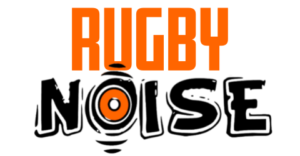The Rugby World Cup is by far the biggest tournament in rugby. So let’s have a look at the different balls used in the tournament throughout the years.
A guide to Rugby World Cup balls
The Rugby World Cup balls have changed a huge amount over the 36 years that the tournament has taken place. There have been a number of different changes to the ball including the technology around the design and material used for the ball.
1987 Rugby World Cup Ball
The very first Rugby World Cup ball was the Mitre ball which was used in the inaugural tournament that was held in New Zealand and Australia. As you can probably tell by just looking at the ball, the design is quite basic, but it does feature writing highlighting the tournament.
As well as the Mitre logo printed in very large text on the ball, there is also the logo of the tournament printed twice on the ball. You can probably tell that the Rugby World Cup ball changed quite a bit over the last few years. There are a lot of replica match balls from the tournament still available to purchase online.

1991 Rugby World Cup Ball
Adidas replaced Mitre as the supplier of the 1991 Rugby World Cup ball. Compared to the ball from the previous tournament, the 1991 ball features a lot more noticeable design features while still having the logo of Adidas on it.
The ball also features the logo of the tournament, which is incredibly similar to the logo of the previous tournament. The blue at the tips of the ball could also help to show off the spin that the players put on their passes.

1995 Rugby World Cup Ball
The 1995 Rugby World Cup was the first time that Gilbert were the company chosen to be the match ball supplier of the tournament. The 1995 Rugby World Cup ball featured a large Gilbert logo on it, as well as having the logo for the tournament on the ball.
The ball features a green and blue colour scheme. The coating of the ball is a rubber compound and the panels of the ball were even hand stitched prior to the tournament starting. It just shows how incredibly detailed and precise the design and creation of the balls are.
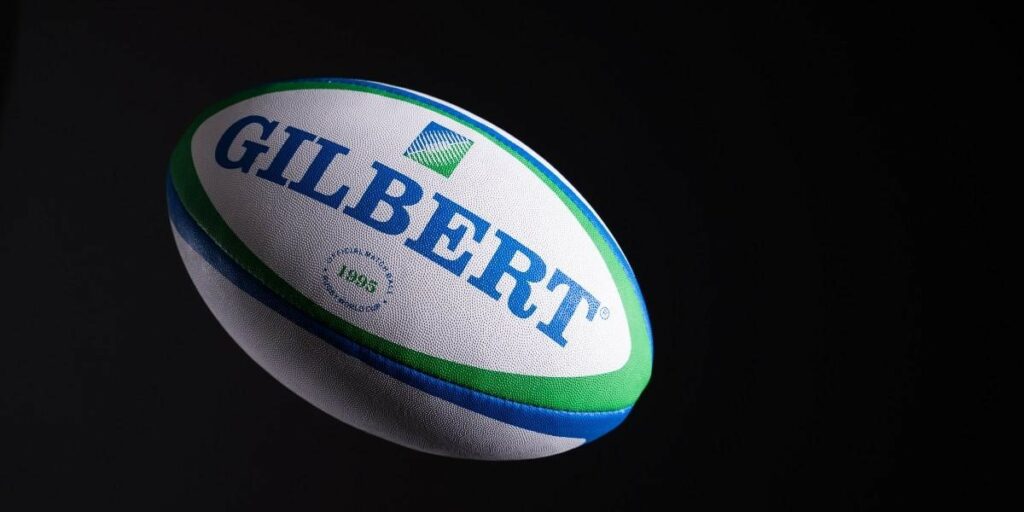
1999 Rugby World Cup Ball
Gilbert returned as the designer and supplier of the Rugby World Cup ball and had a very similar design for the 1999 tournament. Despite the competition taking place in a completely different country to the last one, the design of the ball was not changed very much.
It still featured a majority of the same blue and green colour scheme as the previous tournament. The ball did feature writing signifying that it was for the 1999 tournament, but there was not a massive amount of change outside of that.
For the 1999 Rugby World Cup there was another ball made for the tournament. It featured the flags of all of the different countries competing in the tournament on each side of the ball. While Gilbert made and sold this ball, the green and blue designed balls were used during the tournament.

2003 Rugby World Cup ball
Gilbert remained as the supplier for the 2003 Rugby World Cup, keeping with a similar design to the two previous tournaments. There were a couple of changes to this ball.
One of the changes was of course that it featured writing saying the Rugby World Cup 2003, as well as also having the Gilbert logo on the ball above the writing. The ball is well
remembered by England fans as the one Johnny Wilkinson kicked through the posts to secure the tournament.
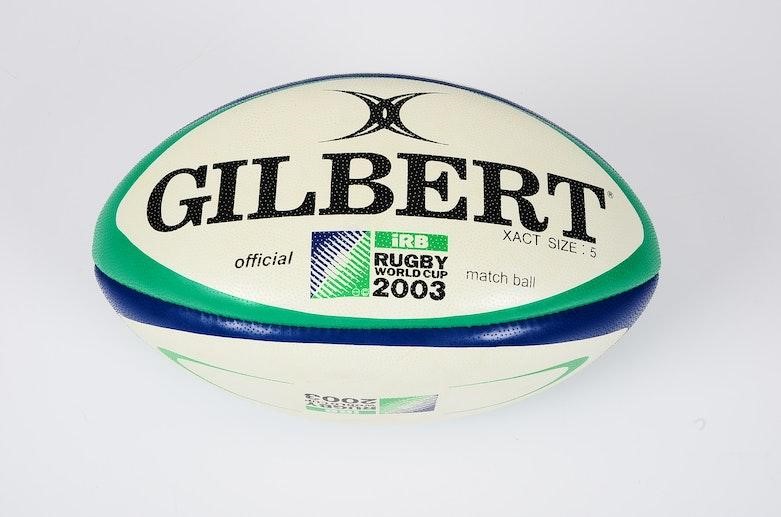
2007 Rugby World Cup Ball
In Gilbert’s fourth tournament as the designer of the Rugby World Cup ball, they went with a very different design to previous tournaments. Instead of the solid lines of blue and green, the 2007 ball featured blocks of blue and green towards the ends of the ball.
The ball also features some red writing on it which says “France 2007” which is the country in which the tournament took place as well as the year of the competition. The ball also features IRB on it, which is the International Rugby Board who organise the tournament.
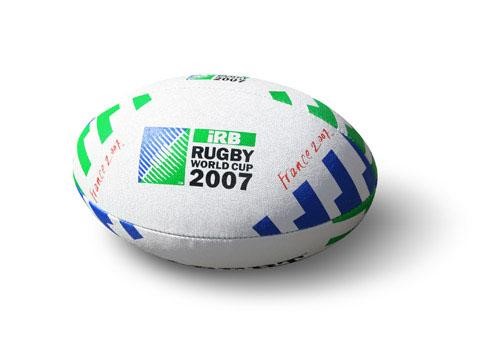
2011 Rugby World Cup Ball
Despite Gilbert remaining as the supplier of the Rugby World Cup ball, there was a few major changes. The design of the ball have called the ball Virtuo and the ball features Maori inspired art on both tips.
With the 2011 tournament being hosted in New Zealand, Gilbert wanted to represent Maori culture on the ball in some way. The ball also features more than 3000 pimples, so the grip of the ball is better for the players.
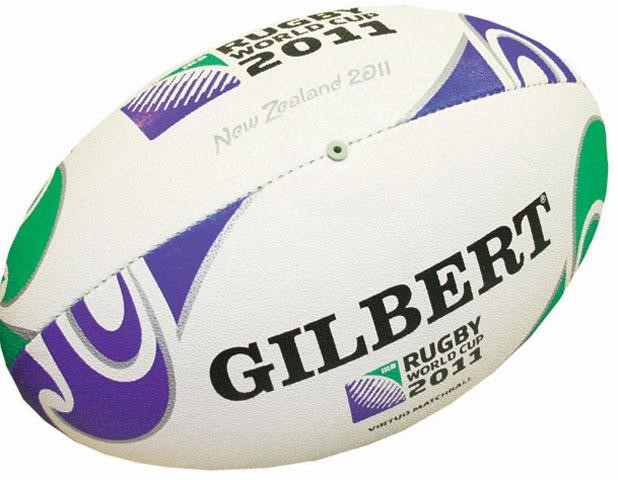
2015 Rugby World Cup Ball
The 2015 Rugby World Cup ball featured a very new colour scheme compared to previous tournaments. The ball was one again made by Gilbert, but this time the colour scheme at the ends of the ball featured dark Blue, light Blue, Pink and Green.
The match balls for the tournament are fully synthetic material.
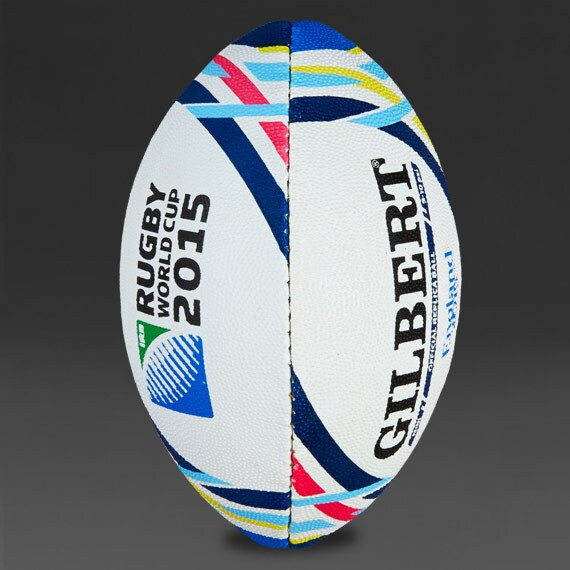
2019 Rugby World Cup Ball
Gilbert produced a brilliant match ball for the 2019 tournament. The ball has an incredibly modern design to it, as well as featuring a small print of the trophy on the colours towards the end of the ball.
The ball also features writing saying #RWC2019, as well as red tips to the ball to symbolize the tournament being held in Japan. It also features the logo for the tournament.
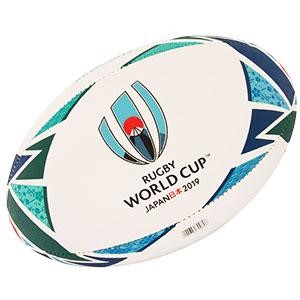
2023 Rugby World Cup Ball
The 2023 Rugby World Cup ball is again produced by Gilbert. The ball features mainly Blue, White and Red colours, to represent France who are the hosts of the tournament.
Much like many other Gilbert Rugby balls, it also features the tournament logo on the ball as well as some writing on the ball. The graphic son the ball are also supposed to represent the 10 cities hosting the tournament.

